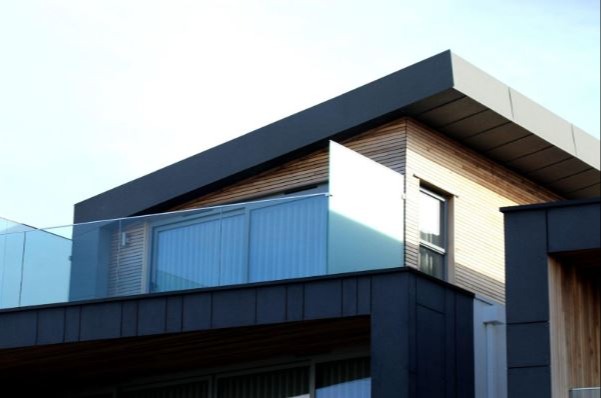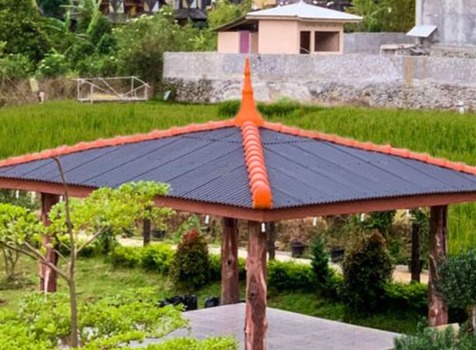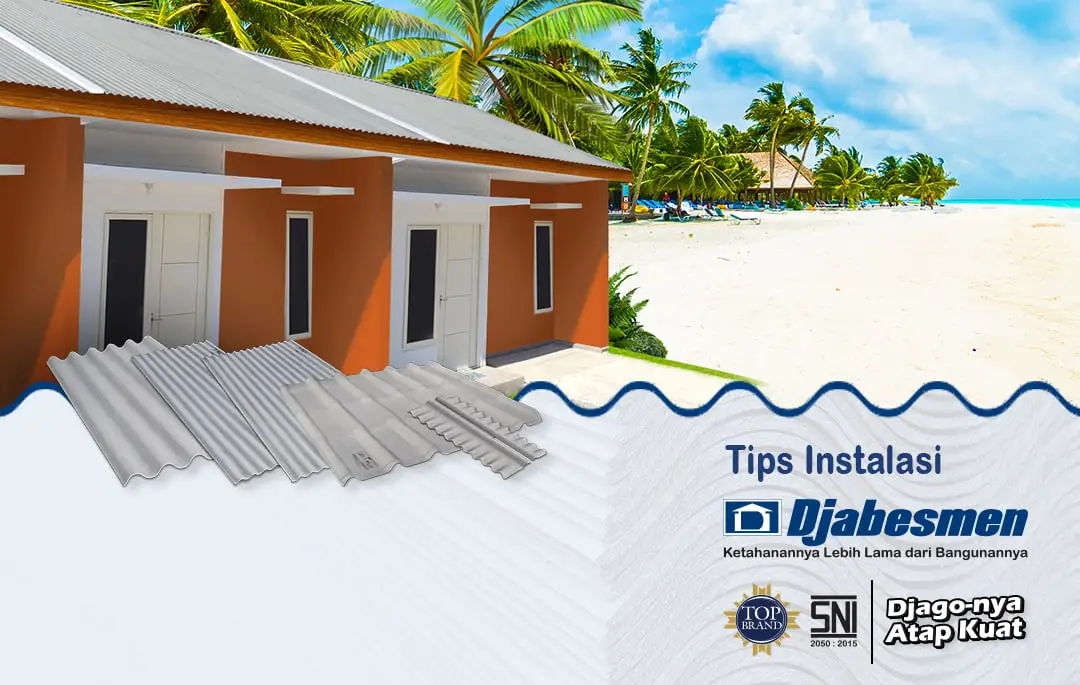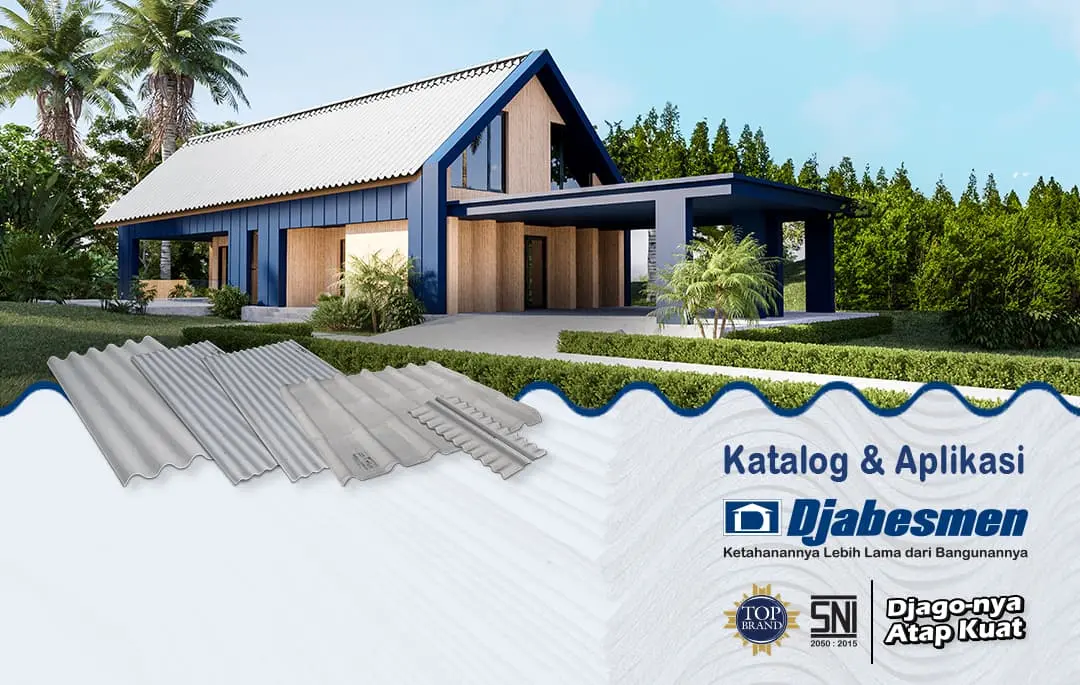Guide to Extending the Lifespan of Your Roof
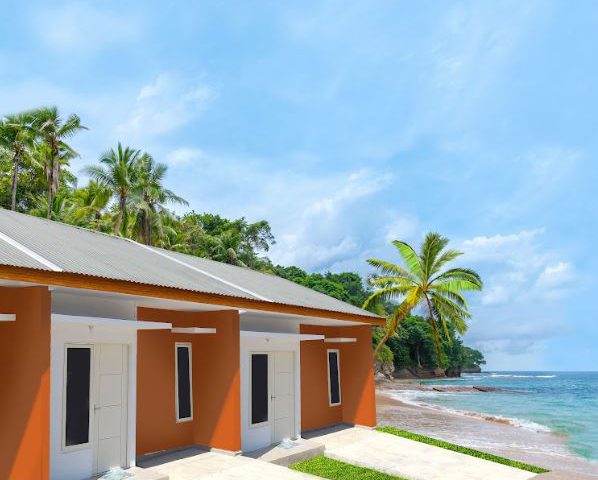
Regular maintenance to extend the lifespan of your roof is crucial for every homeowner to implement. No matter how high the quality of the material is, an untreated roof will still deteriorate over time, exceptionally if not adequately cared for.
By extending its lifespan, you can also enhance the durability of the entire building. A damaged roof can lead to structural issues in the building and even pose a risk to the safety of its occupants.
Factors Affecting Roof Lifespan
Before learning how to extend the lifespan of your roof, it’s essential to understand the factors that influence its longevity. To maximize its lifespan, familiarize yourself with the following factors:
● Roofing Material
The type of roofing material chosen significantly affects the lifespan of the roof. Certain roofing materials have higher durability and can last for decades. On the other hand, roofing materials can only withstand for a short period.
● Weather Conditions
Extreme weather conditions such as heavy rain, strong winds, and storms can also cause damage to the roof. Roofs exposed to extreme weather conditions are more prone to quick deterioration, resulting in a shorter lifespan.
● Sun Exposure
Excessive UV exposure from sunlight can cause the roof to deteriorate or become brittle rapidly. From an aesthetic standpoint, excessive sun exposure can also lead to the fading of the roof’s color.
● Installation Quality
The quality of roof installation is also crucial. A roof that is properly installed by experienced contractors and roofers tends to have a longer lifespan than poorly installed roofs.
● Roof Pitch
The pitch or angle of the roof will affect how it drains rainwater. Improper roof angles can cause water to pool, leading to moisture buildup and triggering moss, mold, leaks, or other damage.
● Ventilation
Good ventilation is essential to prevent excessive moisture and heat, which can help extend the roof’s lifespan. Moisture trapped beneath the roof can weaken roofing materials and cause internal damage.
● Insulation System
Insulation is a type of system used to regulate heat from the roof. Poor insulation installation can lead to drastic temperature changes and reduce the roof’s lifespan.
● Additional Load
Using the roof for installing additional devices like solar panels or heavy loads can impact the roof’s lifespan. Excessive weight on the roof can cause damage and reduce its overall longevity.
● Roof Lifespan Standards
The most crucial factor is the age of the roof itself. Despite proper care and repairs that can extend its lifespan, no roof can last forever. After reaching a certain age, roofs will still deteriorate according to the manufacturer’s standards.
● Maintenance
Perform regular maintenance and repairs to ensure the roof’s lifespan meets factory or manufacturer standards. Clean and inspect your roof routinely to identify and address any issues early on.
Guide to Extending the Lifespan of Your Roof
Based on the factors mentioned above, here are various maintenance tips that can be applied to prolong the lifespan of your roof:
● Clean the Roof Surface
Regularly cleaning the roof at least 1-2 times a year is crucial to keep the roof in good condition. Dust, leaves, and other debris can accumulate and create moisture that can damage the roof.
● Clear Rain Gutters
Make sure to clean the rain gutters at least every three months. Clogged gutters can cause rainwater to pour directly onto the roof or into the house, potentially causing damage to the entire structure.
● Perform Post-Bad Weather Inspections
After storms, especially those with heavy rain or strong winds, promptly inspect your roof. Check for leaks, debris buildup, or standing water that could jeopardize the roof’s integrity.
● Repair Damage Promptly
Repairing damaged or cracked tiles is crucial in extending the roof’s lifespan. If you notice any damaged or leaking areas, address them promptly before the issue worsens.
● Schedule Annual Inspections
It’s advisable to have your roof inspected by a roofing professional annually. Yearly inspections help identify roof problems early on, preventing more extensive issues and extending the roof’s lifespan.
● Trim Overhanging Trees
Regularly trimming trees around your home is also part of roof maintenance. Debris, leaves, and branches falling from dense trees can cause significant damage to the roof.
● Ensure Good Attic Ventilation
Proper attic ventilation ensures unobstructed airflow, preventing the attic from becoming damp. This helps prevent the growth of mold or moss.
● Provide Roof Protection from Excessive Sunlight
Excessive sunlight can cause the roof to deteriorate quickly or fade in color. Choose roofing materials resistant to sunlight and apply protective coatings to enhance UV resistance.
● Consider Roof Load
If you plan to add extra load to the roof, such as solar panels, ensure it can withstand the weight. Excessive weight can lead to rapid structural damage.
● Apply Protective Coatings
The final tip is to apply protective coatings as needed or suitable for your roofing material. For example, anti-rust paint, anti-microbial or anti-mold solutions, or waterproof coatings.
Tips for Maintaining Various Roofing Materials to Ensure Longevity
Extending the lifespan of different types of roofing materials may vary. This is because other materials possess distinct characteristics. Here are a few examples of roofing materials, along with maintenance tips for each:
● Clay Tiles
Clay tiles are prone to moss, fungi, and algae growth. To keep them clean and durable, perform regular cleaning and apply an anti-fungal coating.
● Ceramic Tiles
Ceramic tiles are made from a blend of clay and ceramic, making them more resistant to fungi. However, they are prone to breakage, so they need careful installation. Additionally, periodic painting is recommended as their color fades quickly.
● Metal Roofing
Metal roofs are susceptible to rust and can be easily dislodged by strong winds due to their lightweight nature. To maintain their durability, apply an anti-rust coating and secure them with sturdy nails to prevent detachment.
● Concrete Roofing
This type of roof is made from concrete and is typically flat. Since it is made from concrete, applying a waterproofing layer to protect it from water and moisture is an essential maintenance tip to extend its lifespan.
● Fiber Cement Roofing
Compared to other materials, fiber cement roofs are known for being lightweight, sturdy, heat-resistant, rust-resistant, and able to withstand extreme weather conditions. Therefore, they don’t require special maintenance. Regular inspections and cleanings are sufficient to keep them durable.
With the various guidelines mentioned above, you can extend the lifespan of your roof and prevent it from deteriorating quickly. Furthermore, solid and durable roofing materials, such as Djabesmen fiber cement roofing, should be used, which can last for decades!
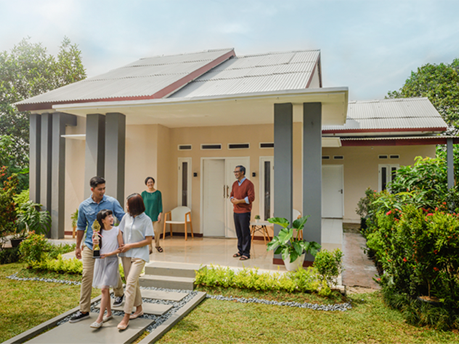
3 Jenis Atap Rumah Terkuat yang Paling Diminati
3 Jenis Atap Rumah Terkuat yang Paling Diminati
Baca Selengkapnya arrow_right_alt
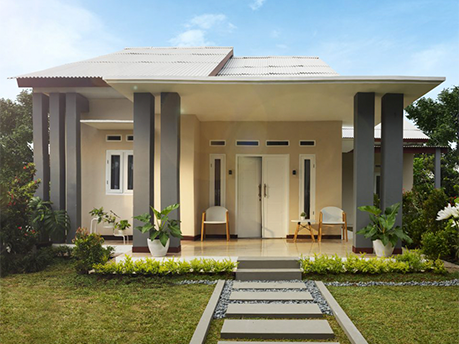
Kenali Ciri Atap Fiber Yang Kuat Untuk Rumah
Kenali Ciri Atap Fiber Yang Kuat Untuk Rumah
Baca Selengkapnya arrow_right_alt
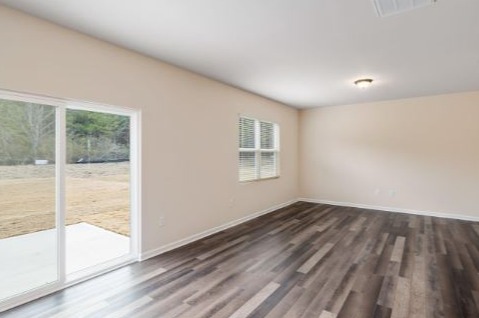
Jenis-Jenis Plafon Rumah yang Wajib Anda Tahu!
Sebelum membeli, kenali dulu setiap jenis plafon rumah agar tidak salah pilih! Berikut penjelasan selengkapnya.
Baca Selengkapnya arrow_right_alt
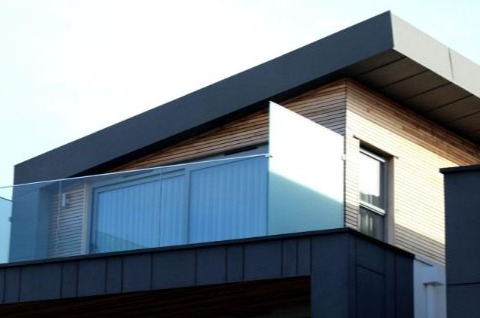
Manfaat dari Plafon Rumah
Apa manfaat plafon rumah? Selain untuk estetika, plafon juga memiliki fungsi lain. Berikut fungsi plafon selengkapnya!
Baca Selengkapnya arrow_right_alt

